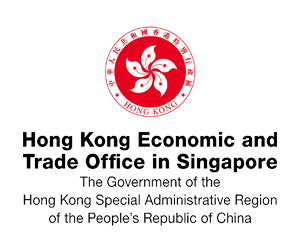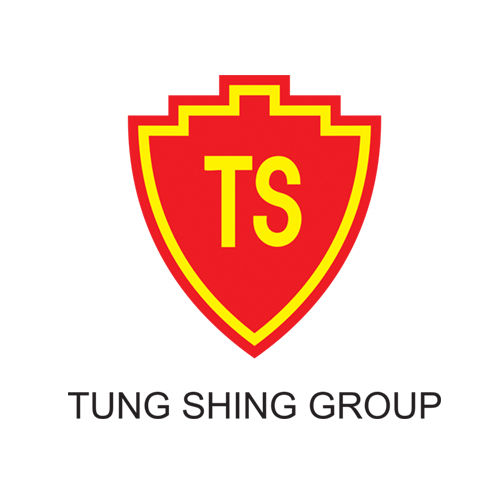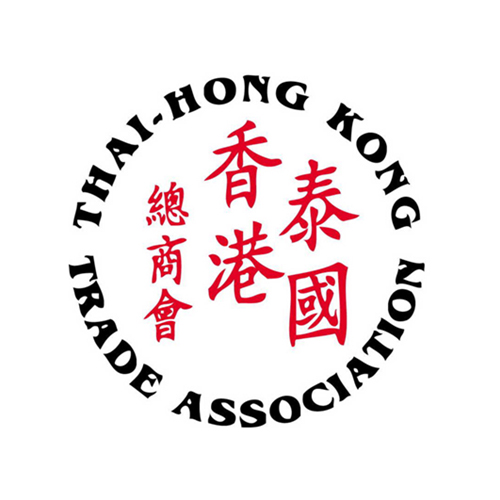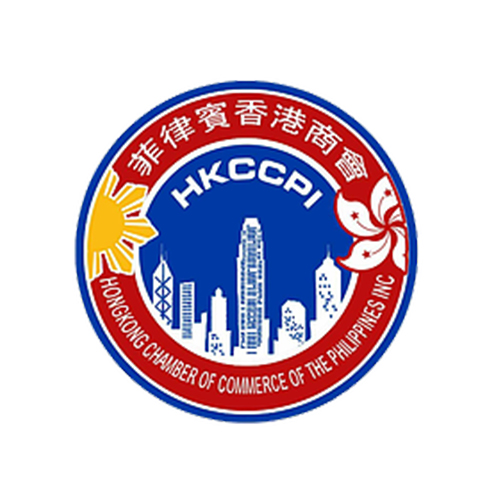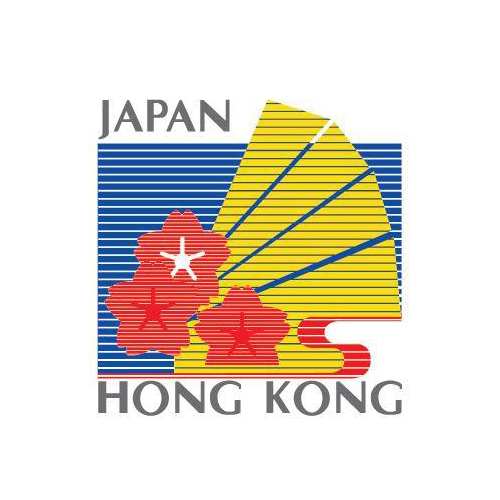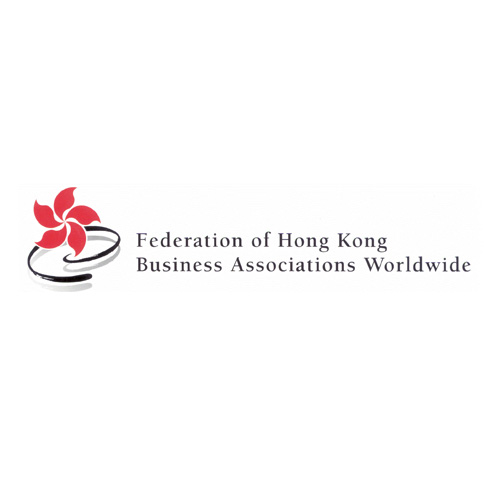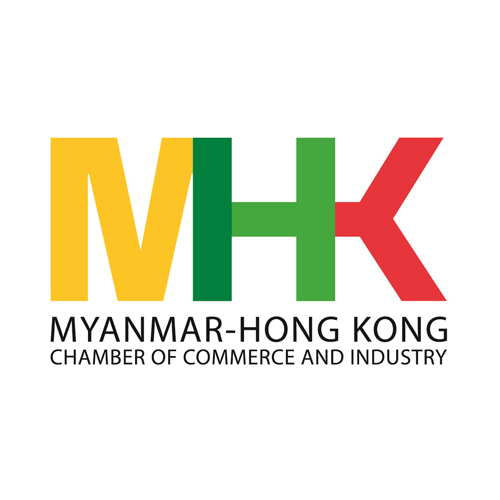Want to be in the loop?
subscribe to
our notification
Business News
TEXTILE AND GARMENT PRODUCTION STRUGGLES DUE TO LACK OF FABRIC
Việt Nam’s underdeveloped fabric production is making it difficult for textile and garment businesses to take advantage of free trade agreements, including the Europe – Việt Nam FTA (EVFTA).
The textile and garment industry exports nearly US$40 billion worth of products and requires around 10 billion metres of fabric each year.
The rate of domestic materials used by textile and garment businesses in Việt Nam is only about 40-45 per cent, according to the Ministry and Industry and Trade.
Việt Nam’s fabric industry produces around 2.3 billion metres of fabric a year, meeting only 25 per cent of the country’s demand. Over 7 billion metres of fabric material for production and export is imported from China, Taiwan and Korea.
In 2019, Việt Nam imported around $13 billion worth of fabric for the textile and garment industry. The amount of fabric produced domestically is often used to make low or medium quality clothing, and typically does not meet the requirements of clothing manufacturing and exporting businesses.
Trần Tuấn Anh, Minister of Industry and Trade, said the country’s production of cotton, fibres and dyes does not satisfy the textile and garment industry’s demand.
Not enough attention is being given to dyeing technology and environmental protection to develop the textile dyeing industry, so businesses are reluctant to invest in textile production or form start-ups in fashion design.
Việt Nam’s textile and garment industry focuses mostly on manufacturing, with low added value.
While the industry has many opportunities from Việt Nam’s free trade agreements with other economies, around 60 per cent of exports comes from FDI companies.
The EVFTA’s rules of origin regarding textiles and garments is referred to as “from fabric onward”, meaning a garment product’s fabric has to be woven, finished, cut, and sewn in Việt Nam.
Trương Văn Cẩm, deputy chairman of the Việt Nam Textile and Apparel Association, said that due to the lack of fabric materials, FTA rules of origin make it harder for businesses to use their values.
Investment in fabric production has faced challenges including a lack of funds and expensive technologies. As a result, while the textile and garment industry has seen exports rise over the years, imports of fabric materials have also risen.
An investment of around $30 billion is needed in order for the industry to be able to produce the remaining 8 billion metres of fabric, according to the association.
Lương Hoàng Thái, director of the Multilateral Trade Policy Department under the Ministry of Industry and Trade, said the EVFTA’s rules of origin allow businesses to import fabric from Korea (which has an FTA with the EU), but Việt Nam and Korea would have to hammer out technical specifications and decide how to examine and confirm the origin of the fabric.
Nevertheless, the amount of fabric imported from Korea only makes up 15.2 per cent of imports, and fabric from China and Taiwan can be cheaper than from Korea.
Thân Đức Việt, general director of the textile and garment company May 10, told Đầu Tư Newspaper that the industry should focus on investing in automation to save costs and maximise profits, adding that the company’s automation helps it deal with challenging stages that require a great deal of precision.
Source: VNS
Related News

GOLDEN DEAL, KNOCK-DOWN OFFER
Are you ready for a fun-filled family vacation. Don't miss the super attractive Family Staycation package at Becamex Hotel. 2 days 1 night package with full amenities and free activities: Buffet breakfast, Swimming, tennis, bicycle, gym, sauna, cool ice cream, 300.000 VND service voucher and many other offers! Contact now for detailed advice.

"BEARY CHRISTMAS" CHARITY PROGRAM
As the Festive Season approaches, Caravelle Saigon, in collaboration with VinaCapital Foundation (VCF), is bringing a heartwarming charitable initiative to life — and we are delighted to invite all HKBAV members to take part in the very first “Beary Christmas” Charity Program. By adopting a Caravelle Bear for VND 299,000 nett, you will be directly supporting children battling cancer in Vietnam through VCF’s Can-Care/Can-Clover Program.

SOILBUILD INTERNATIONAL WINS “BEST INDUSTRIAL DEVELOPMENT” AWARD FOR SPECTRUM NGHE AN AT THE PROPERTYGURU VIETNAM PROPERTY AWARDS 2025
Soilbuild International is pleased to announce that its project, Spectrum Nghe An, has been awarded Best Industrial Development at the PropertyGuru Vietnam Property Awards 2025, held on 24th of October 2025, in Ho Chi Minh City. The PropertyGuru Vietnam Property Awards is part of the prestigious PropertyGuru Asia Property Awards series, the largest and most respected real estate awards programme in Asia.

WEBINAR: 2025 VIETNAM KEY TAX FINALISATION, UPDATES ON TAX CHANGES AND GLOBAL MINIMUM TAX
Dear Valued Client,We would like to invite you to our webinars on Friday, 12 December 2025, and Tuesday, 16 December 2025, to review and learn about key 2025 tax finalisation topics and stay ahead with the latest tax changes.
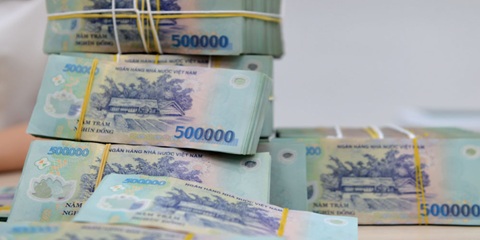
NEW ECONOMIC POLICIES EFFECTIVE THIS DECEMBER
Government Decree 304/2025, effective December 1, sets stricter conditions for seizing collateral, especially assets that are a borrower’s sole residence or essential work tools. In such cases, lenders must set aside a compensation amount equivalent to six to twelve months of minimum wage. The measure aims to improve transparency in bad debt handling and reduce credit risk in the banking system.

QUANG NINH TARGETS VND58 TRILLION IN TOURISM REVENUE
Quang Ninh Province is aiming to generate VND58 trillion in tourism revenue this year after surpassing its goal of 21 million visitors, driven by new tourism products, expanded nighttime activities, and large-scale events. As of mid-November 2025, Quang Ninh had welcomed 21.28 million visitors, up 12% year-on-year. Tourism revenue reached at least VND57 trillion, a 22.46% increase from the same period last year. With its visitor target achieved, the province is now pushing toward its revenue goal of VND58 trillion.
